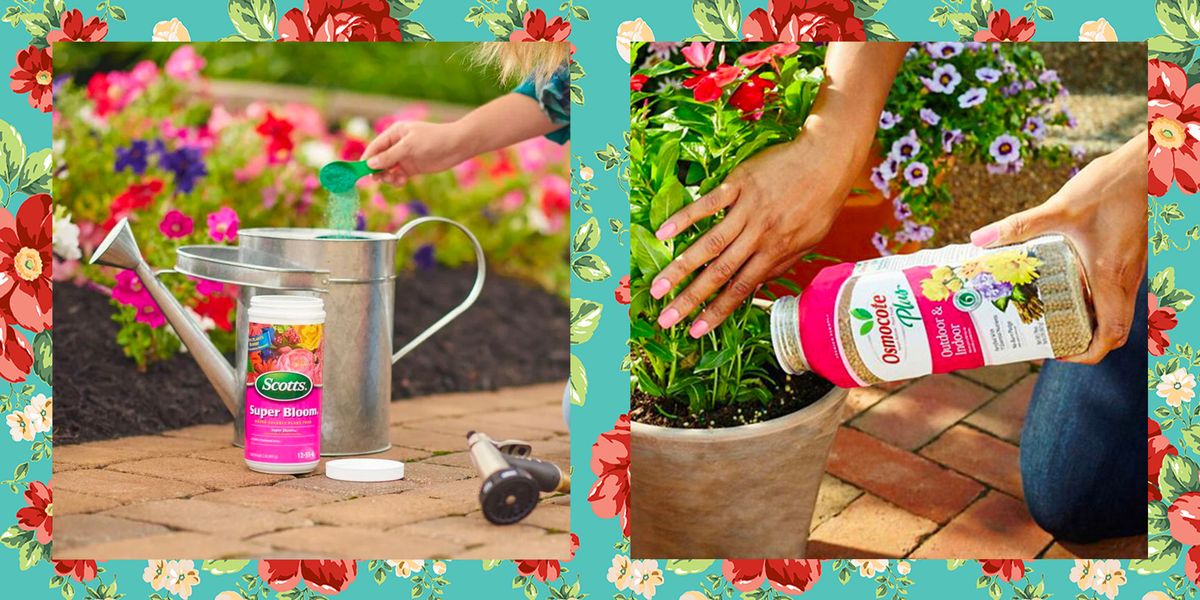Hey flower lovers! I’ve been growing annuals for over a decade and let me tell ya choosing the right fertilizer can make or break your garden’s success. After trying countless products and making plenty of mistakes along the way, I’m excited to share what actually works to keep those blooms looking gorgeous all season long.
Why Your Annual Flowers Need Proper Fertilizer
Unlike their perennial cousins annual flowers are total showoffs that bloom their hearts out in just one season. These hungry plants need regular feeding because
- They grow super fast and produce tons of flowers in a short time
- Their root systems are usually shallow and can’t reach deep soil nutrients
- Container-grown annuals especially need extra nutrition since they have limited soil
- Without proper feeding, they’ll get sad and stop blooming mid-season (been there!)
Best Types of Fertilizers for Annual Flowers
1. Water-Soluble Fertilizers
These are my go-to for quick results They’re budget-friendly and easy to use
- Mix with water according to package directions
- Apply every 7-14 days during growing season
- Look for NPK ratios around 15-30-15 or 10-15-10
- Perfect for both in-ground and container plants
Pro tip: Never sprinkle dry water-soluble fertilizer directly on plants – it’ll burn them! Always mix with water first.
2. Controlled-Release Fertilizers
These are awesome if you’re busy (or forgetful) like me:
- Feed plants gradually over 3-6 months
- One application lasts most of the growing season
- Look for NPK ratios like 15-9-12 or 12-6-6
- Great for both containers and garden beds
3. Organic Granular Fertilizers
I love these for improving soil health while feeding plants:
- Release nutrients slowly as they break down
- Usually have lower NPK numbers (like 3-4-3)
- Often contain beneficial soil microbes
- Perfect for environmentally conscious gardeners
My Top 5 Fertilizer Picks for Annual Flowers
1. Miracle-Gro Water Soluble Bloom Booster (15-30-15)
- Perfect for heavy feeders like petunias
- Dissolves completely in water
- Use every 1-2 weeks
- Great value for money
2. Osmocote Smart-Release Plant Food (15-9-12)
- Feeds up to 6 months
- No measuring needed
- Works in all weather conditions
- Perfect for busy gardeners
3. Espoma Organic Flower-tone (3-4-3)
- OMRI listed organic formula
- Contains beneficial microbes
- Gentle, won’t burn plants
- Great soil conditioner
4. Jobe’s Organics Rose & Flower (3-4-3)
- Organic granular formula
- Promotes disease resistance
- Fast-acting yet long-lasting
- Pleasant earthy smell
5. Dr. Earth Flower Girl Bud & Bloom (3-9-4)
- Organic liquid concentrate
- High phosphorus for more blooms
- Contains probiotics
- Easy to apply
How to Use Fertilizer Like a Pro
Here’s my tried-and-true fertilizing schedule:
-
At Planting Time:
- Mix controlled-release fertilizer into soil
- Water thoroughly after planting
-
During Growing Season:
- Water-soluble fertilizer every 7-14 days
- OR granular fertilizer every 6-8 weeks
- Always water before and after applying
-
Late Season:
- Reduce feeding by mid-September
- Stop completely 6 weeks before frost
Important Note: Some annuals like morning glories actually prefer poor soil and bloom better without fertilizer – weird but true!
Common Mistakes to Avoid
Trust me, I’ve made all these mistakes so you don’t have to:
- Over-fertilizing (more isn’t better!)
- Applying fertilizer to dry soil
- Feeding during the hottest part of the day
- Using the wrong NPK ratio
- Forgetting to water after application
Final Tips for Success
- Group plants with similar feeding needs together
- Keep a fertilizing schedule on your phone
- Store fertilizers in a cool, dry place
- Always read and follow package instructions
- Monitor your plants’ response and adjust accordingly
There ya have it! With these tips and product recommendations, your annual flowers should be blooming their heads off all season long. Remember, every garden is different, so don’t be afraid to experiment a bit to find what works best in your space.
Got questions about fertilizing your annual flowers? Drop ’em in the comments below – I’d love to help!

How to Fertilize Annuals
Many annual plants prefer neutral to alkaline soil, although a significant number will grow best in acidic soil. Simple pH kits from home and garden centers will reliably give you an idea if your soil is more acidic or alkaline, making it easy to either grow plants that prefer your pH level or to amend the soil to grow a wide range of other plants. Dry fertilizers can quickly burn tender foliage and shoots and must be kept off the plant. Only apply granular fertilizers to the top 1-2 inches of soil around the plants root zone. Lightly scratch the food in and water the plant as usual. Some nutrients will be washed down near the roots every time the plant is watered. Diluted liquid fertilizers are great for feeding container-grown plants in pots on a deck or hanging baskets. Mix the fertilizer in a watering can according to the manufacturers instructions and water the soil to saturate the root zone thoroughly.
Best Time To Fertilize Annuals
Fertilize when the plants are first potted up in containers or planted into the ground of an existing garden bed. This initial feeding will help the annual plant establish quickly with little transplant shock. Vegetables in the garden need fertilizing every two weeks until flowers appear. Once the fruit or vegetables begin to form, stop fertilizing and continue with a regular watering schedule. Fertilizing is best done in the early morning, before the heat of the day sets in. Any foliage that gets wet will have a chance to fully dry before sundown, resulting in less of a chance of attacks from pests and diseases.
How I Fertilize Annuals // Garden Answer
0
